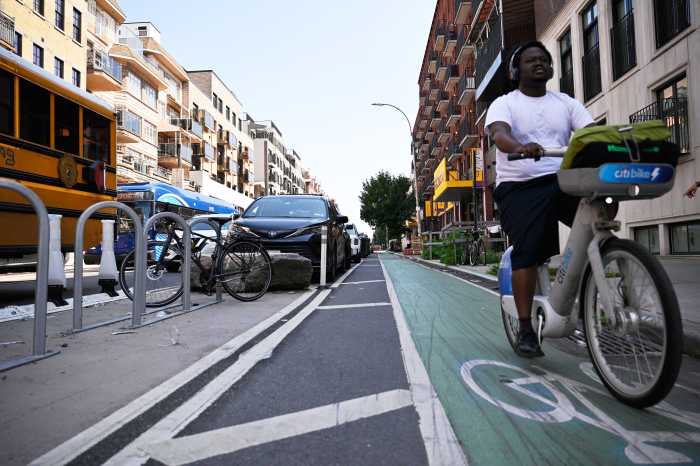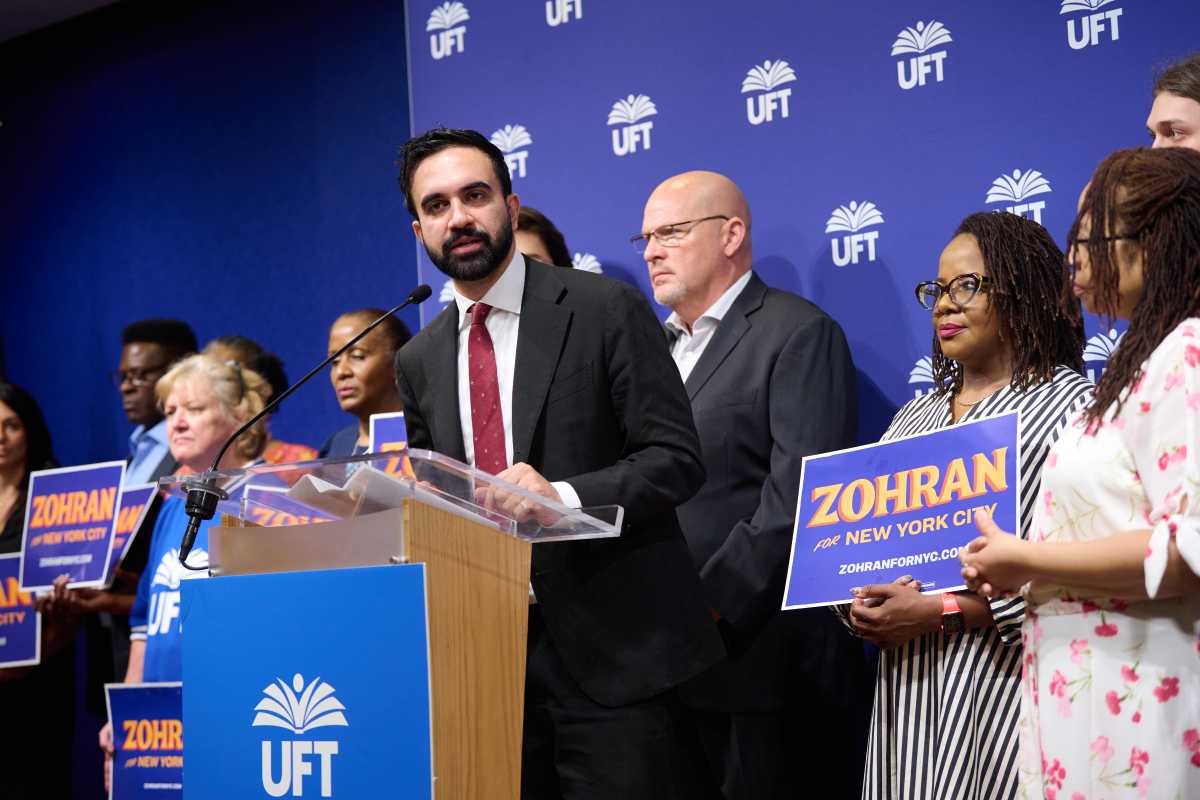The city is inching forward with a plan to expand the Park Slope Historic District, an area its backers say faces real threats if protections are not secured.
The Landmarks Preservation Commission will meet with expansion supporters on Feb. 23 to discuss its progress. So far, agency spokesperson Elizabeth de Bourbon said,the commission has done a preliminary survey of buildings that could be included in a first phase of an extension.
Under a plan proposed by the Park Slope Civic Council, the historic district would grow significantly, encompassing thousands of buildings in an area bounded by Flatbush Avenue, Prospect Park West, 15th Street, and Fifth Avenue. The current district includes 1,975 buildings.
Because the proposed area is so large, the civic is asking Landmarks to approach the expansion in stages, with the first 1,350 buildings bordered by Flatbush, Prospect Park West, Seventh Avenue, 15th Street, and parts ofUnion Street and Fifth Avenue. The second phase includes 2000 buildings east of Fifth Avenue, and the third, east of Fourth Avenue between Flatbush and 15th Street. Landmarks said it has yet to delineate boundaries for any of the phases.
“The reason we’re looking at an extension in phases as opposed to all 4,000 buildings we’ve been asked to include in a district is that we’ll be able to move forward with districts elsewhere in the city,” de Bourbon said. “Otherwise, we’d have to devote almost all of our resources to this neighborhood. We have to weigh this extension against all of our other priorities,” she said.
Since 2003, Landmarks has designated 21 historic districts and three district extensions, the most since the Lindsay Administration.“We know there is a great deal of demand for them and we are trying to balance the needs of all the neighborhoods,” de Bourbon said.
Peter Bray, a trustee of the civic council who has been working on the proposal, said the hope is that Landmarks ultimately embraces the entirety of the civic’s proposal. The civic, which has unanimously backed the expansion argues that without the district, buildings of historic import could face the wrecking ball during the next wave of development.
Securing landmark status for the first phase could take up to three years, according to Bray, and there is an expected five year gap between the other phases. The civic is hoping to engender support for the initiative, which could prove challenging, as renovations in a landmarked property add layers of bureaucratic red tape for homeowners, and can often be more costly.






















